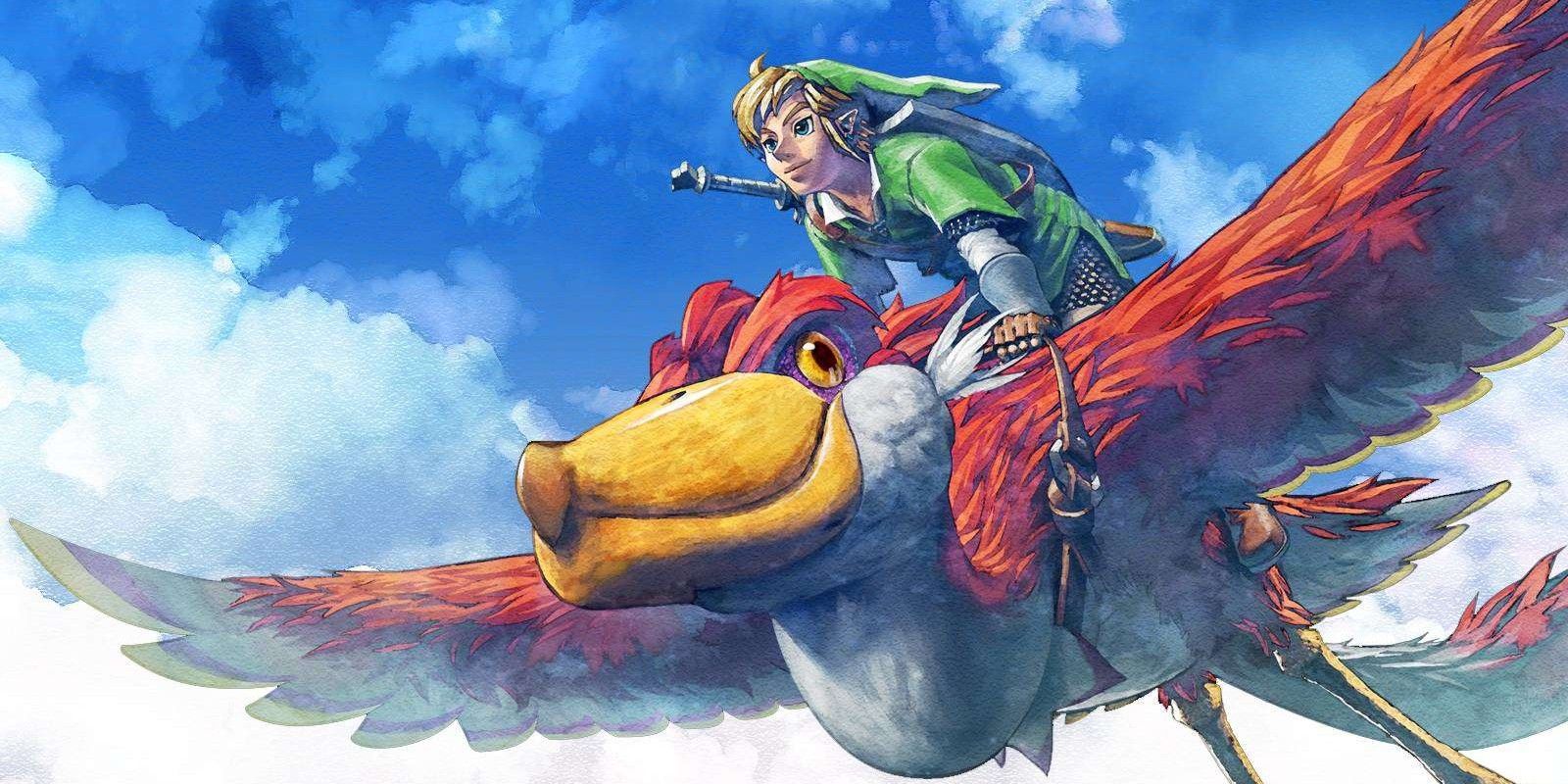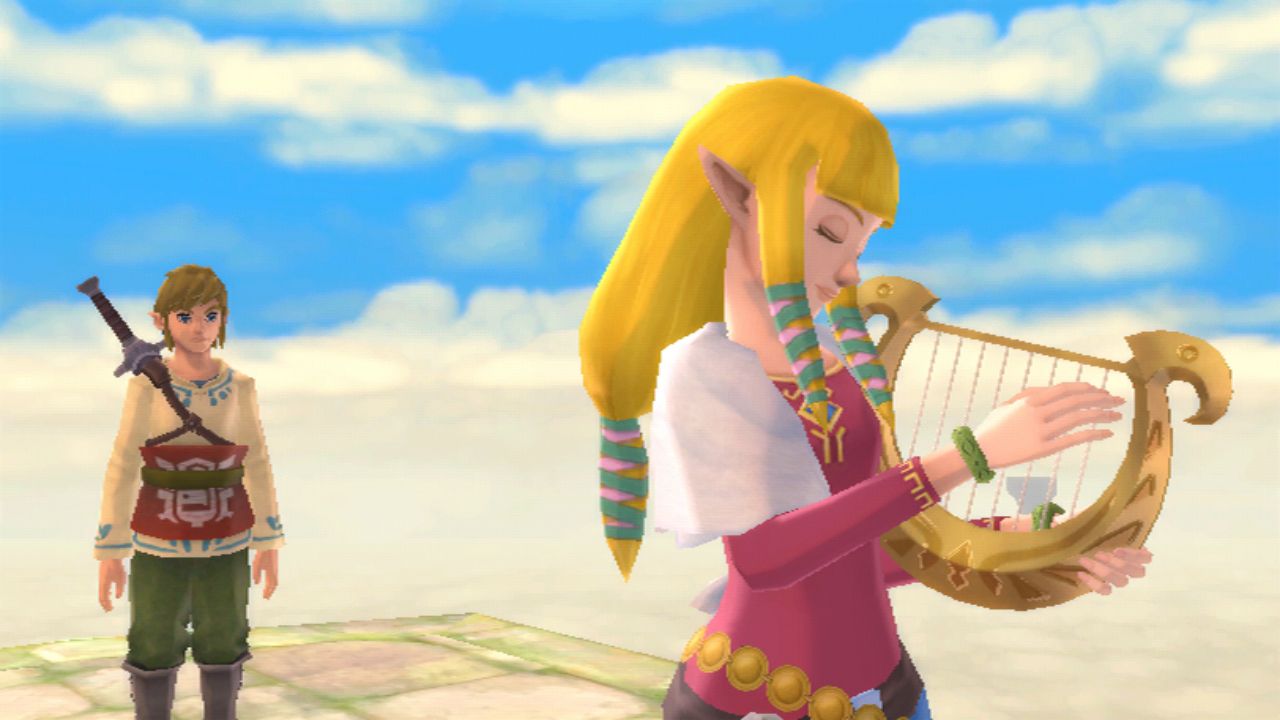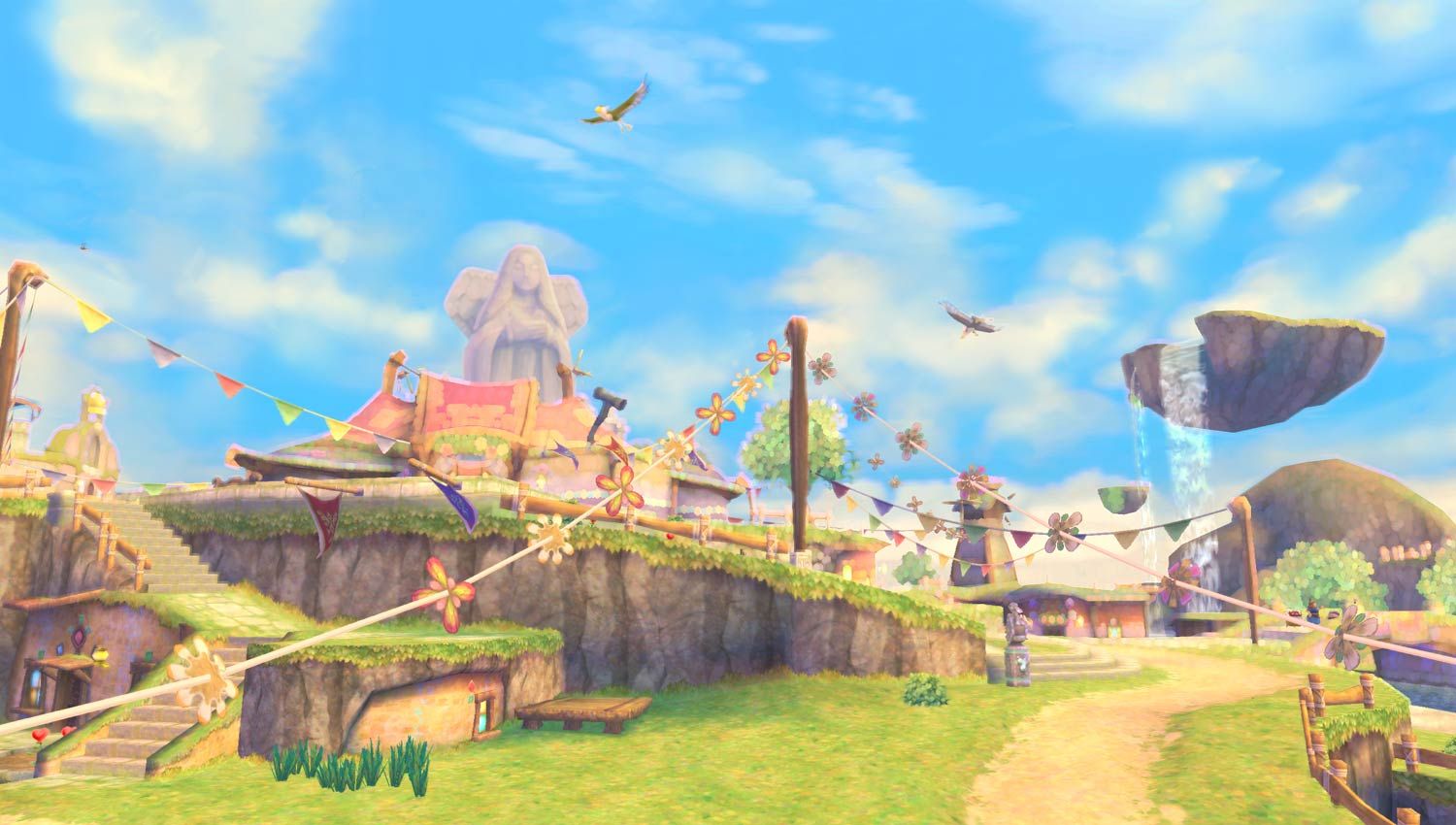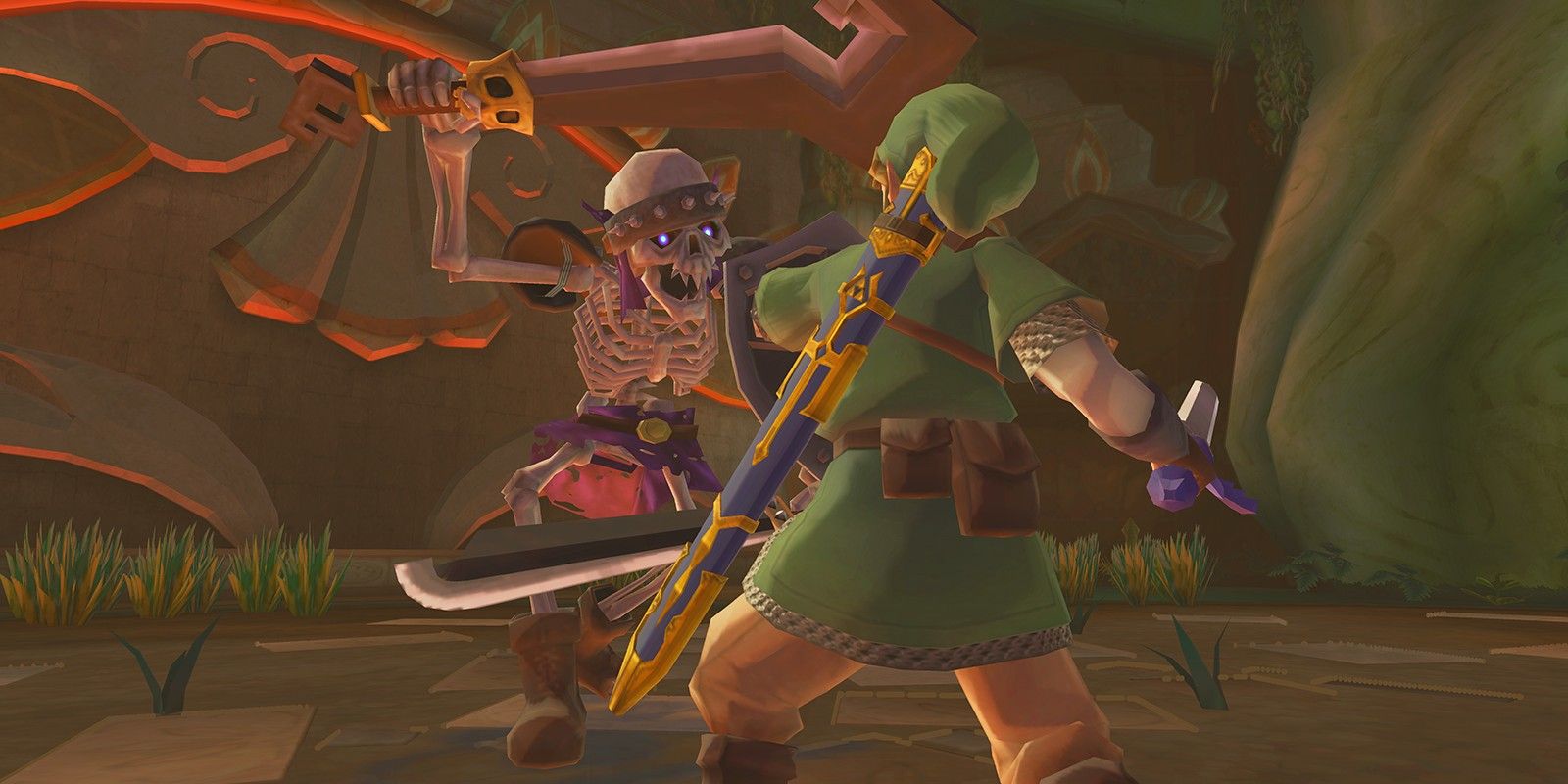The Legend of Zelda: Skyward Sword is a bit of an oddity compared to the rest of the series. While most mainline Zelda adventures seem to grow more popular with time, Skyward Sword is one of the few titles whose reputation continues to diminish with each passing year. A game that was once praised for its excellent characters and groundbreaking control scheme is now remembered by many as the rare Zelda experience that just didn't age well.
As rumors abound of a Nintendo Switch remaster after Amazon mistakenly posted what appeared to be its preorder page, The Legend of Zelda's black sheep has once again been thrust into the spotlight and could reach a whole new audience. Although Skyward Sword could never hope to match Nintendo's masterpiece of open-world gameplay in Breath of the Wild, there are a few changes that could be made to transform it into the game it was always meant to be.
What Skyward Sword Got Right
For all the criticism Skyward Sword has received over the years, it still did several things right and heavily influenced its follow-up, the aforementioned Breath of the Wild. Skyward Sword was one of the first Zelda games to really put a focus on its characters and their relationships, which strengthened the impact of its excellent storytelling in a way no title in the series had managed before.
The key was that Zelda, who usually played the stereotypical damsel in distress in past games, was actually given a personality and took an active role in the adventure right alongside Link. The dynamic between these two protagonists and Zelda's incredibly likable character made the already interesting origin story of Hyrule even more engrossing. The game nailed its story and characters, eventually inspiring Breath of the Wild's strong yet emotionally-nuanced Zelda and its similar story of a world that has been taken over by nature.
Another strength of Skyward Sword was its intuitive motion controls, which allowed players one-to-one control over swordplay using Wii Motion Plus controllers. This added a whole new layer of strategy to combat, making every encounter feel unique while presenting new gameplay challenges that mashing an attack button could never hope to achieve.
Bringing Life to Skyloft
For everything the game got right, it failed in equal measure when it came to its open-world and the missed potential of a setting as incredible as Skyloft. For a sea of fantastical islands stretching out endlessly into the sky, Skyloft felt both unrewarding and uninteresting when it came to exploring its mostly small, insignificant islands.
It lacked the sense of adventure Wind Waker's vast ocean offered, or the sense of life Ocarina of Time or Majora's Mask achieved on inferior hardware. Sure, it was important to the story, but never in a way that made the player eager to explore every nook and cranny, like previous worlds in the series.
To fix this, Nintendo would need to expand and flesh out the islands of Skyloft. Following Wind Waker's model and adding several larger islands with towns and other points of interest could go a long way in making Skyloft a more enjoyable world to traverse. It would also present more opportunities for Link to bond with his criminally underused (and incredibly cool) Loftwing companion. Skyloft has the potential to become one of the most iconic and fun to explore open-world maps in the series. Putting more of a focus on the world above the clouds could help significantly with one of the biggest problems concerning Link's adventures on the surface: Repetitive dungeons and an abundance of backtracking.
Here We Go...Again
Skyward Sword was purposefully created with the intention of breaking from the typical Zelda formula with a new gameplay structure that abandoned the idea of self-contained dungeons and instead incorporated the puzzles you would typically find inside of them into the surrounding world. This approach gave the game a much more linear feel while blurring the line between the overworld and dungeons themselves. This could have been successful if there were enough variety given in the areas that could be explored, but instead, Nintendo chose to only include three distinct locales. It also required players to backtrack through each of them a second time during the latter half of the game, which ended up coming off as tedious rather than fun.
Fixing this problem would be significantly harder than any of the other flaws with the game, as the very core of its gameplay structure revolves around its three areas and the repeated exploration of them. The dungeons themselves could be expanded or reworked so that subsequent trips into them feel more distinct, but this may not be enough to alleviate the repetitive nature of the game's structure. Nintendo could add several new dungeons to help give the game some variety, which would certainly go a long way to fix the problem, but this would take a significant development effort that it may not be willing to invest in for a simple remaster.
The Legend of Zelda: Skyward Sword had the potential to become one of the best games in the series, but critical design flaws and a lackluster setting held it back from ever reaching such heights. But if Nintendo was willing to put the time and money necessary into improving and fixing the game's weaknesses while polishing the elements that shine, then the rumored re-release of this divisive Zelda title could finally present the game as the soaring, epic adventure it was always meant to be.




